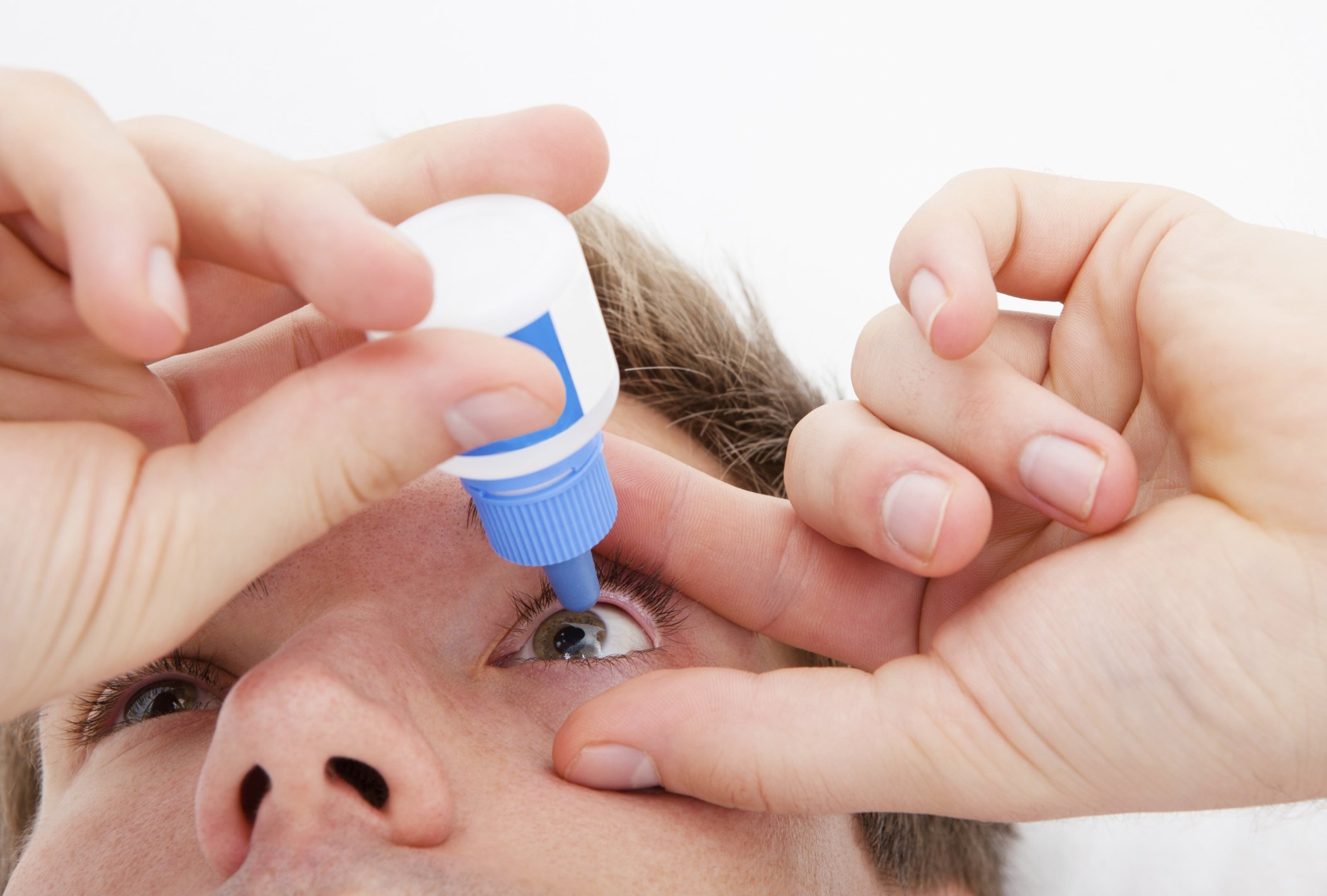What You Need to Know About Ergonomics at Work
Some of the statistics about office injuries are pretty staggering. The Bureau of Labor Statistics reported that musculoskeletal disorders accounted for one-third of all injury or illness cases in 2011. This includes thousands of office worker injuries including carpal tunnel syndrome as well as neck, shoulder, and back injuries.
 The State of Washington in a 2016 study found that a staggering 79% of office workers reported shoulder pain and 53% reported hand and wrist pain. The latter was a 382% increase from that reported in a study in 2009.
The State of Washington in a 2016 study found that a staggering 79% of office workers reported shoulder pain and 53% reported hand and wrist pain. The latter was a 382% increase from that reported in a study in 2009.
So you’re not alone if you’re experiencing some of these issues at work. The key is to make sure your office workstation is fit for your body. Here are a few tips for making the right adjustments.
- Chair. This is the key component of your workstation. It needs to support your spine. The height needs to be set so that your feet rest flat on the floor or on a footrest. Your knees should also be in line with your hips. In addition, your arms need to sit lightly on the armrest to ease strain on your shoulders. That’s a lot to take into account, but it’s critical to your health.
- Desk. Now that your chair is adjusted to fit your body, your desktop needs to be adjusted to match up with your hands as they rest on the keyboard. Your forearms should be parallel with the floor and as noted above, rest lightly on the armrests. Also make sure there’s plenty of room for your legs. You don’t want to be scrunched up all day trying to fit under your desk.
- Keyboard/Mouse. These should be easily within reach with your forearms remaining parallel to the floor. Ideally, you can alter either your desk or use a keyboard tray to make the necessary adjustments. This helps take the weight off your shoulders.
- Computer Screen. Position the screen so that you’re looking slightly down. This avoids straining your neck trying to look up at the screen or leaning over looking down at it.
- Phone. First, make sure the phone is easily within reach, so that you’re not stretching and straining. Second, use a phone shoulder rest to free your hands or, better yet, use a headset.
- Reach. Everything else on your desk should be well within your reach when sitting on your chair. It’s all about easily accessing things, like your stapler, without having to strain or stretch.
- 20-20-20. Every 20 minutes look at something at least 20 feet away for 20 seconds. This gives your eyes a break from staring at the screen.
- Get Up. It’s also advantageous to stretch your legs and take a brief walk, or even just standing up can ease the strain of constantly sitting at your desk.
There’s More
You can certainly find more information on the web. I like the comprehensive list of references at Ergonomics Plus. There’s even an online free course titled Ergonomics e-Learning for Office Workers.
I hope this provides insight into making the adjustments needed for your office workstation to avoid injury. And, don’t overlook keeping up with your vision care. Staring into a screen all day can cause digital eye strain. If you have a problem with dry eyes or anything else, we can help.
Use our contact form or call us at 972-612-2099.
Disclaimer: The content on this blog is not intended to be a substitute for professional medical advice, diagnosis, or treatment. Always seek the advice of qualified health providers with questions you may have regarding medical conditions.








